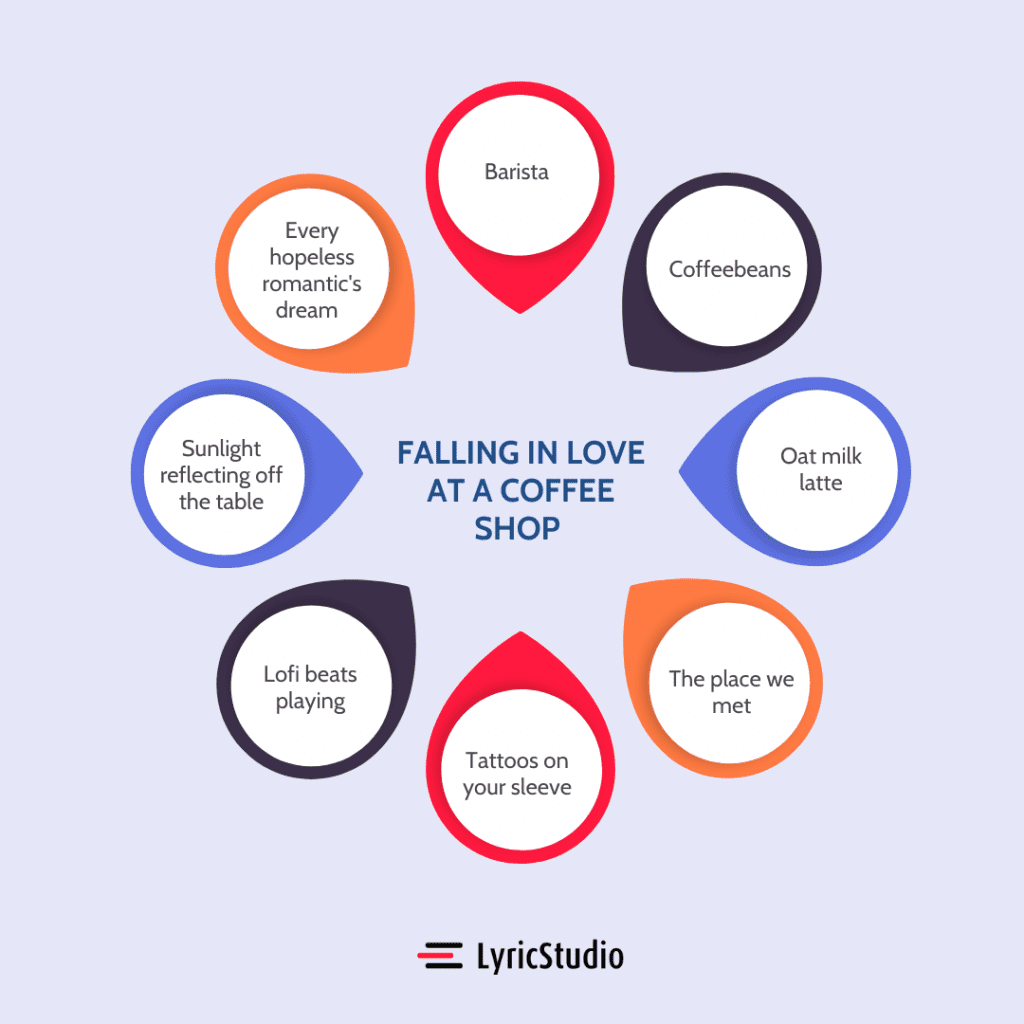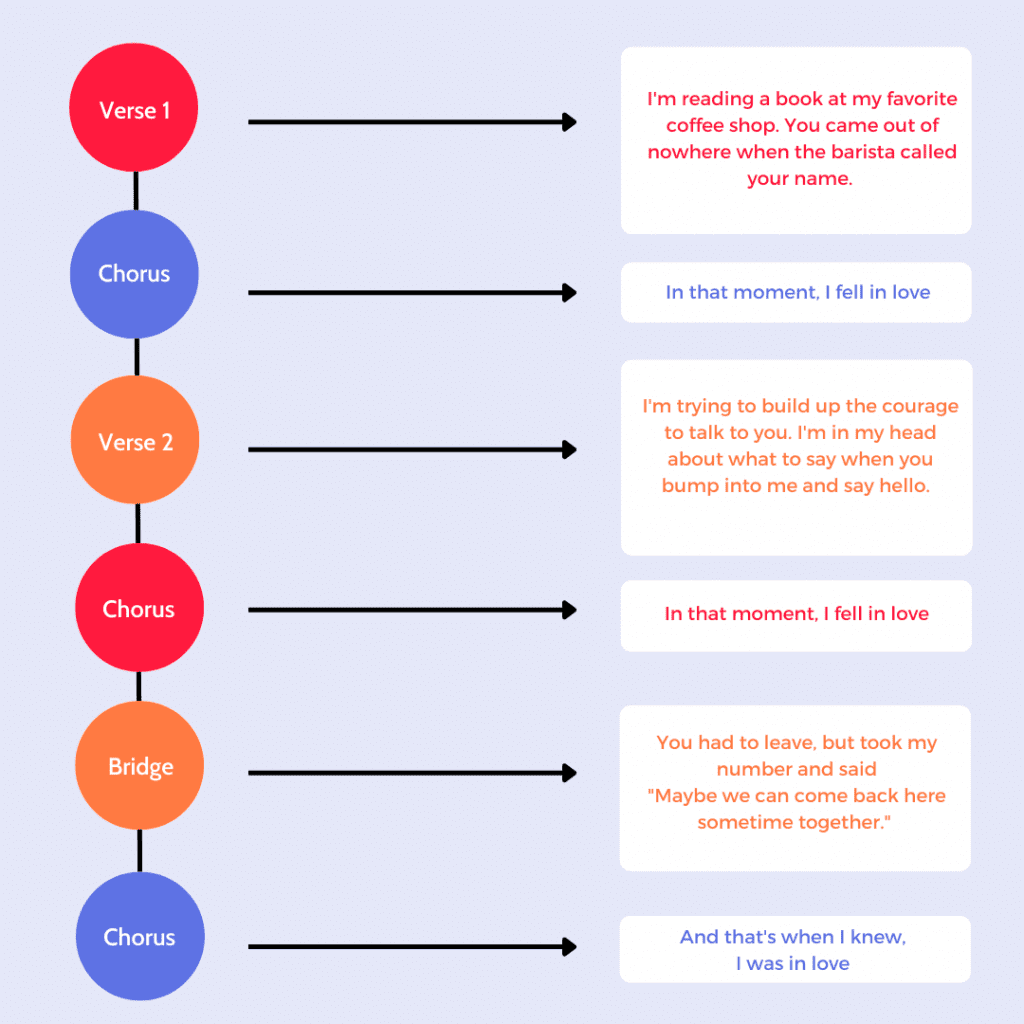So you want to start songwriting, aye? Congratulations! You have reached the first step of songwriting: Having the passion and inspiration to do it! But where do you take your inspiration? How do you turn a break up or mid-life crisis into words and melody? We all know words can be hard, and finding a flow and structure can be even more challenging.
Here are some helpful tips that will ease your songwriting experience:
Make an inspirational playlist
Create a playlist of songs that you enjoy listening to and want to mimic elements of. As Pablo Picasso once said, “Good artists borrow, great artists steal,” and it is absolutely true! Obviously, don’t plagiarize another artist’s work and risk being sued, but analyze what you like in his or her song and make it your own! For example, if a chord progression inspires you, take it and rearrange it in a way that makes it unique to you.
Begin with a journal entry and keywords
Pinpoint the concept you want to start songwriting about and journal about it. Give yourself ten minutes to jot down what is going through your mind. Allow yourself to be as vulnerable as possible, and include as many details as you can that show rather than tell the audience what you’re going through.
For example, if you’re reflecting on meeting your first love at a coffee shop, you can ask yourself, “Where were you when you first met? What did the cafe look like? What were you and the other person wearing? What music was playing? What did you order and what did it taste like? What was going through your mind? How was your body feeling? Etc.”
Also, list phrases and words associated with your concept. Think of adjectives, nouns, and verbs, but do not focus on whether they rhyme! It will all come together once you start structuring the lyrics.

Create a song map
Once you have given yourself time to let your ideas flow on paper, create a song map. At its core, songwriting is storytelling dressed up in music. Just as when writing a story, outline the direction of your song.

Once you define the focus and structure of your song, start piecing your brainstormed lines and associated words together. The standard song structure is intro – verse one – chorus – verse two – chorus – bridge – chorus – outro. Personally, I like to start with the chorus and work backwards because the hook is the most important, as it is the main message.
If you play an instrument like keyboard or guitar, improvise melodies over your favorite chord progression while singing your lines. You can also visit platforms like Beatstars and Youtube to find beats for accompaniment based off of the mood, genre, and tempo you imagine your song being.
Trust the process! Don’t feel discouraged if you face any roadblocks or have doubts about your song. Writing music can be difficult, but like Ed Sheeran once said, “writing songs is like turning on a tap in an old house; first you’ll get the mud and dirty water, but the more you get it out, the quicker the good water starts flowing.” Be proud of yourself for finishing your first piece and keep writing! You’ve got this.

